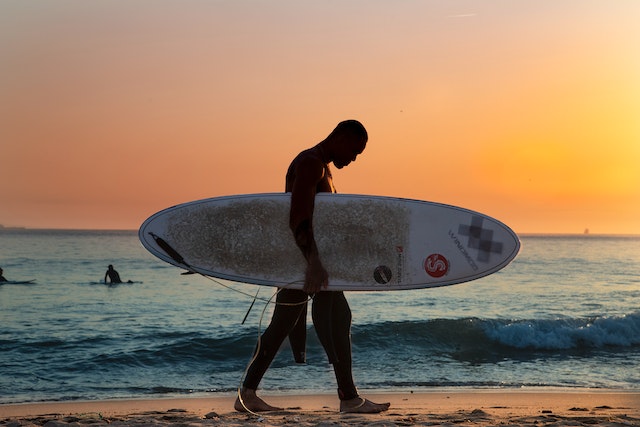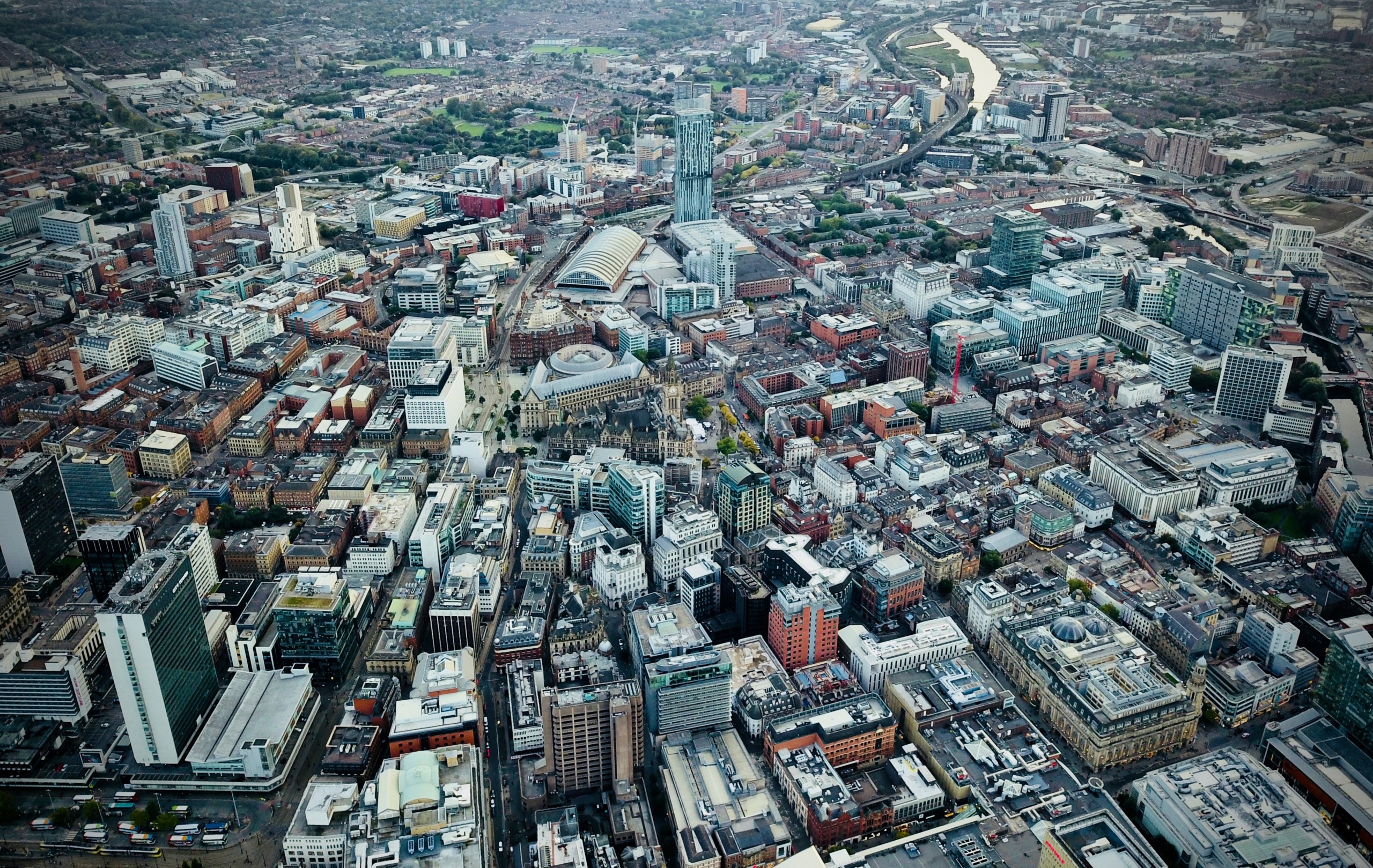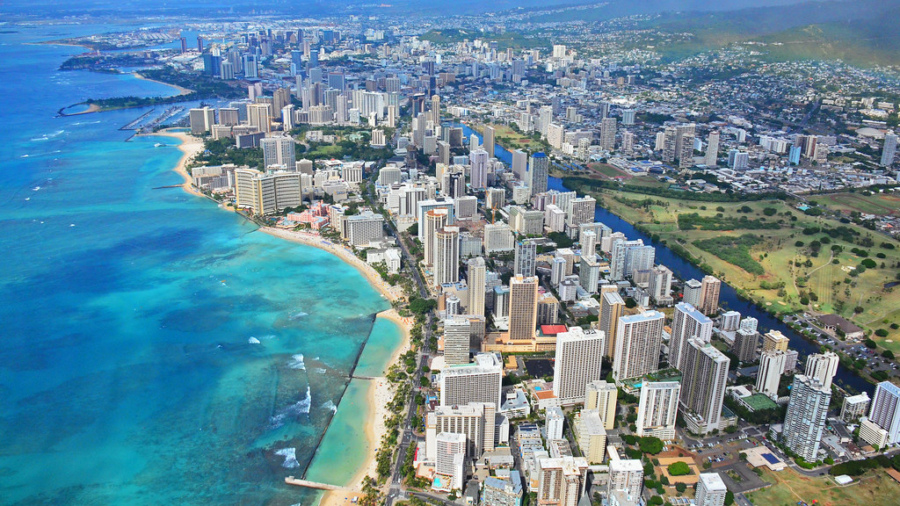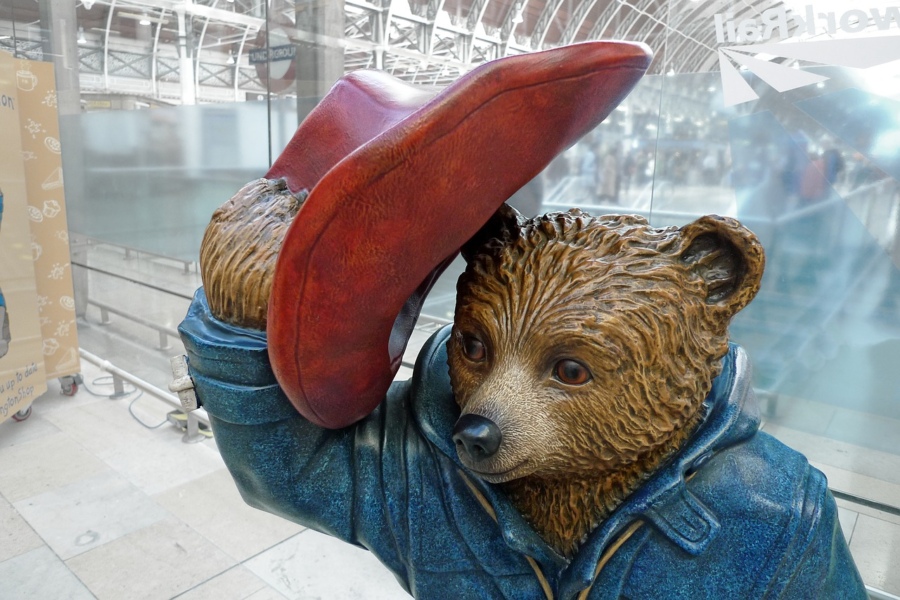Locomotives have been around since the turn of the 19th century and have played an integral part in the development and growth during the industrial age. In India, the Railways were first introduced in 1837, when the ‘Red Hill Railway’ carried granite from Red Hills to Chintadripet Bridge in Madras. The first passenger train, however, ran in 1853 between Bori Bunder (Mumbai) and Thane.
This marked the beginning of a new age in India where trains would become the backbone of our economic and industrial development.
Some of the key events in the timeline of the Indian Railways are:
- The first railway bridge in India, the Dapoorie viaduct was built in May 1854 over the Ulhas River as part of the Mumbai-Thane line.
- Eastern India’s first passenger train ran from Howrah to Hooghly on 15th August 1854.
- The first passenger train to run in South India went from Royapuram-Veyasarapadi (Madras) to Wallajah Road (Arcot) on July 1st, 1856.
- In February 1873, the famous Kolkata trams came into service, and are in operation to this day.
- Lighting in passenger coaches was introduced in 1897 by many railway companies.
- On February 3rd, 1925 the first Electric train in India ran between Victoria Terminus and Kurla in Mumbai.
As India gained its independence in 1947, the entire railway system was handed over to the government by 1950. And in 1951, the Indian Railways was split into zones and the Southern (14th April 1951), Central (5th November 1951) and Western (5th November 1951) Zones were established. As more modernisation took place, in 1951, fans and lights were mandated for all compartments and coaches. Air-conditioned coaches and a fully air-conditioned train were first introduced in 1956. In 1986, computerised ticketing was substituted in place of manual ticketing. The Shatabdi Express India’s premier railway service was first introduced in 1988, and to this day remains the gold standard for travel by train in India. In 2002, online train ticket reservation was introduced by the Indian Railways and is now the easiest way to get a ticket.
The future of the Indian Railways looks bright, with plans to introduce High-Speed Rail lines, metro-rail in various cities and full electrification of all rail lines by 2022.
The organisation still pays its respect to its history, and as homage has kept and maintained two UNESCO World Heritage sites, the Chhatrapati Shivaji Maharaj Terminus (CSMT) and the Mountain Railways of India. The CSMT is one of the oldest buildings in the country and was commissioned by the British in 1878; it took ten years to complete and was finally inaugurated in May 1888. The Mountain Railways are three rail lines in three different parts of the country. They are the Darjeeling Himalayan Railway in the lesser Himalayas of the West Bengal, the Nilgiri Mountain Railway in the Nilgiri Hills in Tamil Nadu, and the Shimla-Kalka Railway in the Shiwalik Hills in Himachal Pradesh.
Indian Railways is critical to the functioning of our economy. It is the lifeline to more than 2.2 crore people across the country. The railways will continue to play an important role in building a modern 21st century India.




